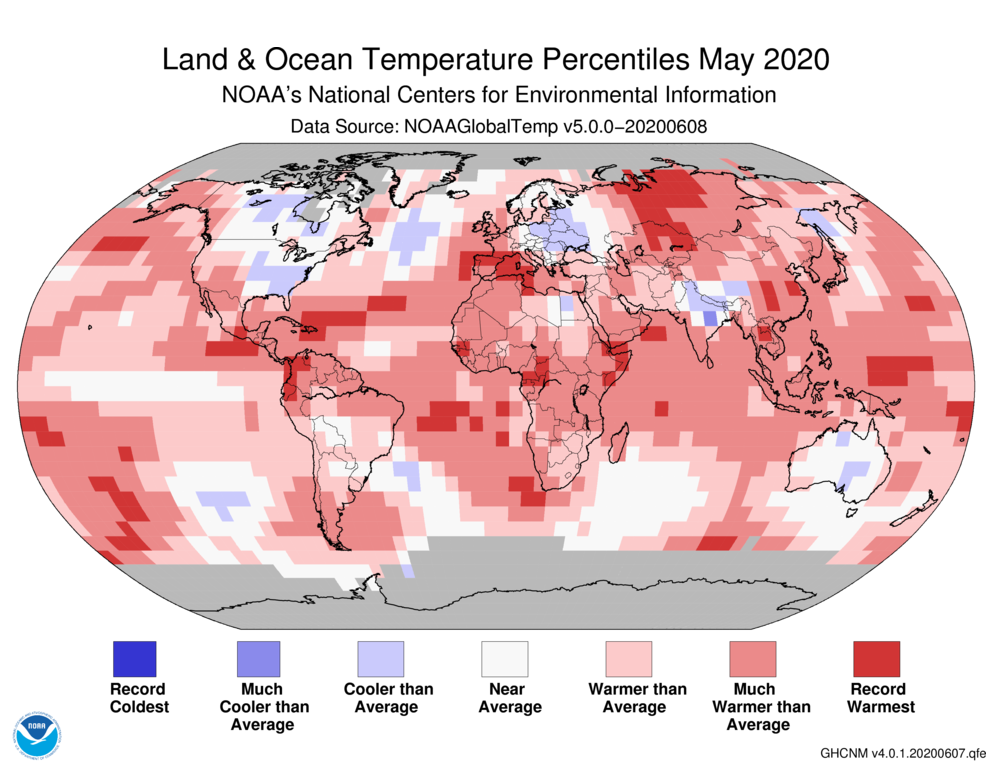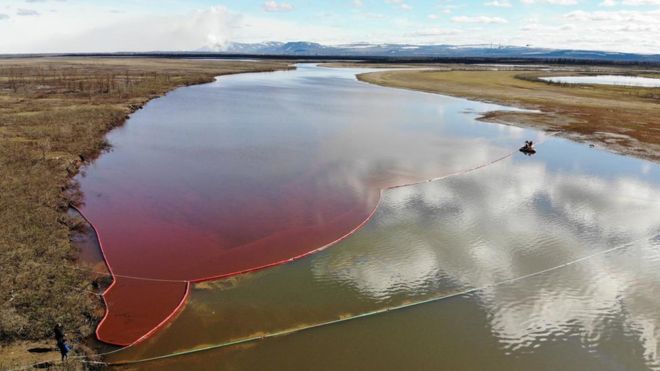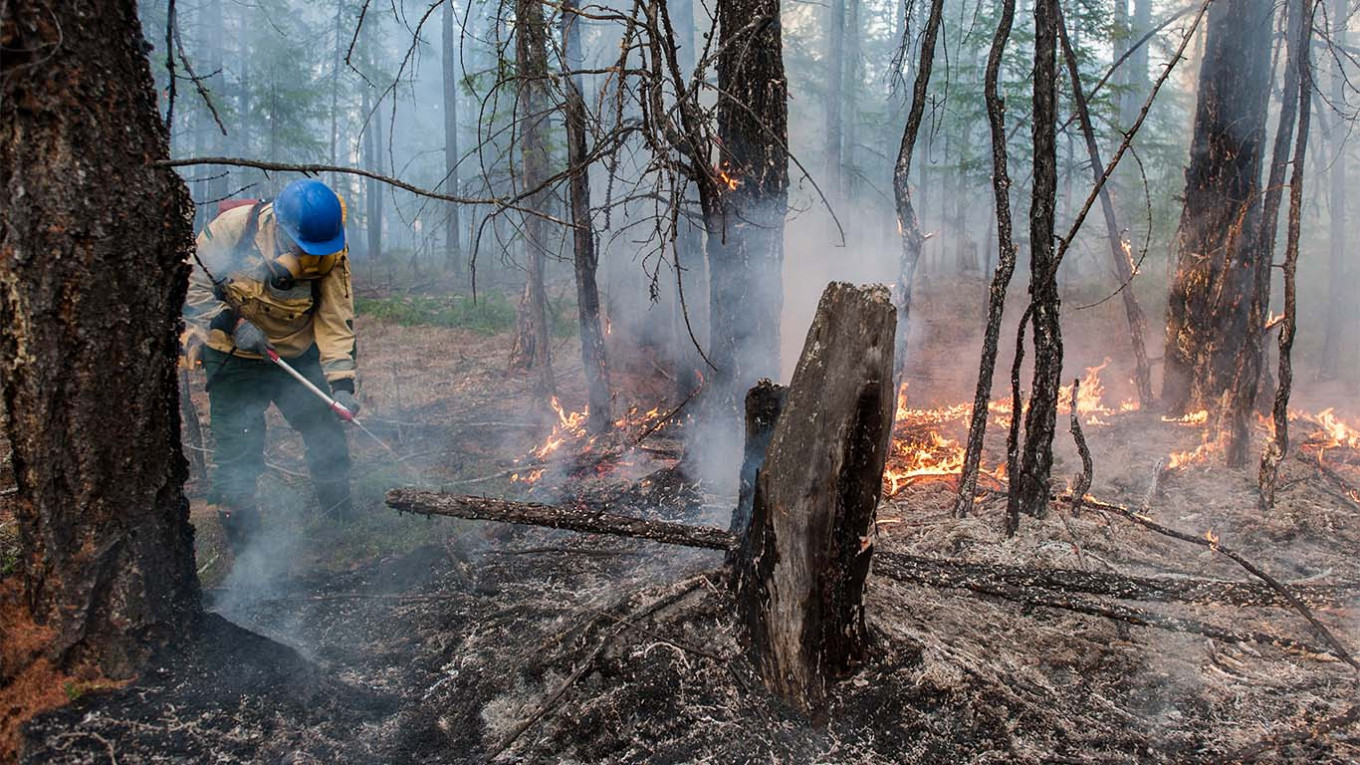Last month I came across an article posted by The Guardian on June 17 which piqued my interest titled: “Climate crisis: alarm at record-breaking heatwave in Siberia”. A heatwave in Siberia? Siberia, a place where the only thing I knew about was the cruelty of its winters, was having record breaking heatwaves.
Last month I came across an article posted by The Guardian on June 17 which piqued my interest titled: “Climate crisis: alarm at record-breaking heatwave in Siberia”. A heatwave in Siberia? Siberia, a place where the only thing I knew about was the cruelty of its winters, was having record breaking heatwaves. I almost immediately clicked on this article as I was certain this “heatwave” must be somewhere around 10 degrees Celsius and must just be slightly hot for the region.
I was very wrong. Russian towns in the Arctic circle such as Nizhnyaya Pesha were reaching temperatures of 30 degrees Celsius. Another town, Khatanga, which usually has an average temperature of 0 degrees Celsius this time of the year, reached 25 degrees on May 22. As you can very clearly see, the region is experiencing much higher than average temperatures during this time of year.

Source: NOAA
So, what about Siberia then – is it really that hot? According to the EU’s Copernicus Climate Change Service, surface temperatures in parts of Siberia were on average 10 degrees higher than usual. This is made even more concerning by a statement by Martin Stendel of the Danish Meteorological Institute who said that abnormal temperatures such as these would only naturally happen once every 100,000 years without human-induced warming. Furthermore, what is even more worrying is the extent that these temperature anomalies have lasted for: since observations have begun, average temperatures over winter have been noted as 6 degrees higher than seasonal norms.
Why exactly are Siberia and other Northern regions warming so much you may ask. It’s a combination of factors. The first is due to warming ocean temperatures affecting ocean currents, resulting in warmer water being brought to northern regions, thus raising the overall temperatures. The second is due to a positive feedback loop which is occurring due to these higher temperatures. Due to its white surface, snow has a high albedo (how reflective a surface is), which allows for much of the suns energy and rays to be reflected. Thanks to increasing temperatures, snow is melting which results in more energy absorbed in the region, resulting in higher temperatures thus melting more snow and creating this positive (but for us, negative!) feedback loop.
As of this June 17 article the negative effects of these higher than usual temperatures were already being observed. The first of these was through an oil spill near the city of Norilsk which has dumped at least 20 million tonnes of diesel into Northern Arctic waters, some of which constitute fragile ecosystems. The oil spill is partially blamed due to the power plant being built on top of permafrost which has begun to melt as a result of these higher than normal temperatures. This will be one of the first of many instances of permafrost in the Siberian region melting and causing damage if these temperatures persist.

Siberian Oil Spill. Source: BBC
The second negative effect of climate change is seen through an increase in Siberian Silk moths being born. Climate change tends to bring about unforeseen effects and this is definitely one of them. Due to the warmer temperatures these moths have been rapidly multiplying with Vladimir Soldatov, a moth expert saying, “In all my long career, I’ve never seen moths so huge and growing so quickly”. These moths are problematic as they strip trees of their needles and barks which make them more susceptible to fires, which brings me to the third and final way Siberia is being impacted by climate change.
The third and final way Siberia is experiencing these negative impacts of climate change can be best demonstrated by the wildfires that have been raging across the region. Farmers often light fires in the spring to clear vegetation however higher temperatures and winds (maybe those moths have something to do with it too) have resulted in these fires becoming out of control.
All of this happened over a month ago. Fast forward to today, and the region is still experiencing high temperatures and is literally, and figuratively, on fire. A report published by the CBC on July 12 states that the region has so far experienced 1.77 million hectares of land being burned, with the expectation that this will surpass 17 million hectares which was burned in 2019. It is often observed that these fires do not burn too close to the Arctic ocean due to the cold-water preventing ignition, however due to the increased heat this year, fires are being observed up to 15km away from the ocean.

Siberian Wildfire. Source: The Moscow Times
These fires and melting permafrost are not only damaging the environment, but also the economy of Russia. It is expected that melting permafrost will cost upwards of $2.3 billion US per year, and the fires last year alone cost rural communities in the region $250 million. Apparently environmental protection goes hand in hand with economic protection – who would have guessed!?!
But what do increased temperatures and raging fires in Siberia have to do with us? As mentioned earlier, these temperatures should only happen once every 100,000 years. An international team of climate scientists led by the UK met office found that due to this fact, these temperatures provide “unequivocal evidence of the impact of climate change on the planet”. Furthermore, what happens in the Arctic tends not to stay there. Weather and climate in the Arctic are some of the key drivers of global weather systems and as such the effects will ripple out to the rest of the world. With the Arctic warming at twice the rate of the globe, change is almost definitely on its way.
These rising temperatures may be observed in Canada as well – I’m sure you have also been getting the endless ‘Heat Warning’ alerts to your phone that I have. And if you’ve also noticed this increase, or just been outside, you’ll know this summer is HOT. On July 9 Ottawa recorded its hottest July 9 temperature reaching 35.8 degrees Celsius, and the next day was also a record for hottest July 10 at 35 degrees. That coupled with the humidity is giving temperatures of around 43 degrees including humidex. I don’t know about you, but that is way too hot to not be somewhere tropical next to the sea.
Increased heat is not only unpleasant, but also dangerous to our health. With global warming comes the risk that it becomes ‘too hot for humans to work’. For workers who must be outside or within facilities lacking air conditioning, summer heat conditions may bring about heat stress. Heat stress is when the body is unable to cool down properly, resulting in body temperature continuing to rise and key organs shutting down. This results in more frequent breaks and fluid intake being required by workers in these hot conditions. This of course will extend outside of work into recreation, as in the future it may be too hot to go outside on your morning walk or go for a hike up that long trail you love.
As you can see the impacts of global warming are being realised across the globe. The current summer heatwave in Siberia is currently a topic worrying the region but may be an indicator for hotter summer periods to come worldwide. It cannot be stressed enough how important it is that we do everything in our power to slow global warming and stop the threat of these too-hot-to-handle summers.













